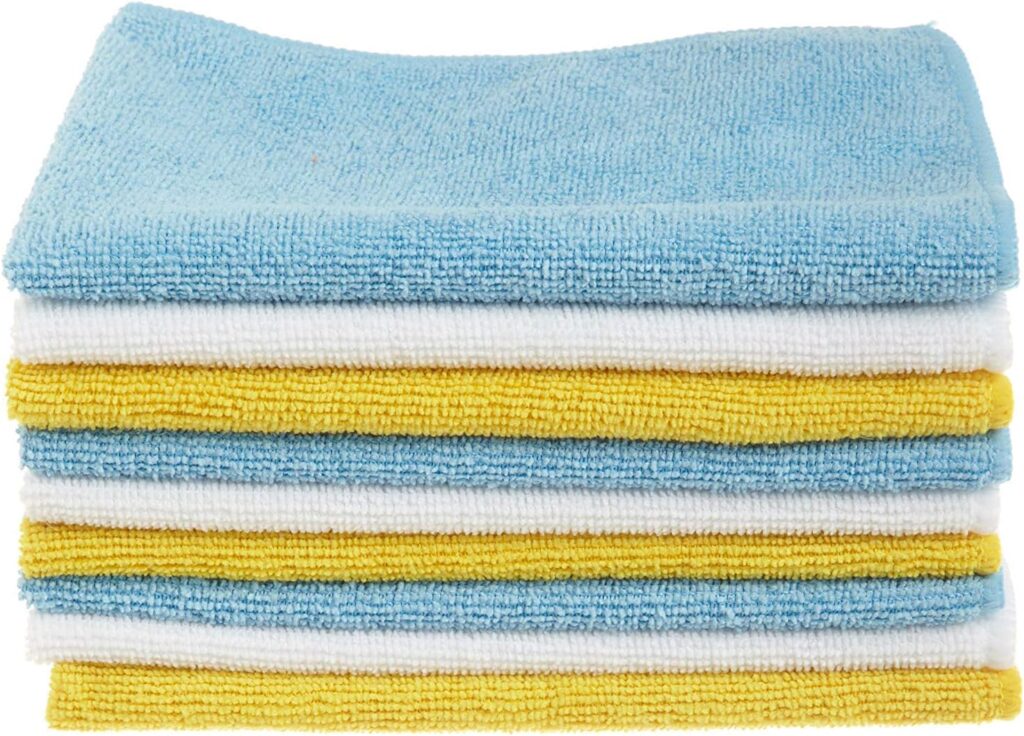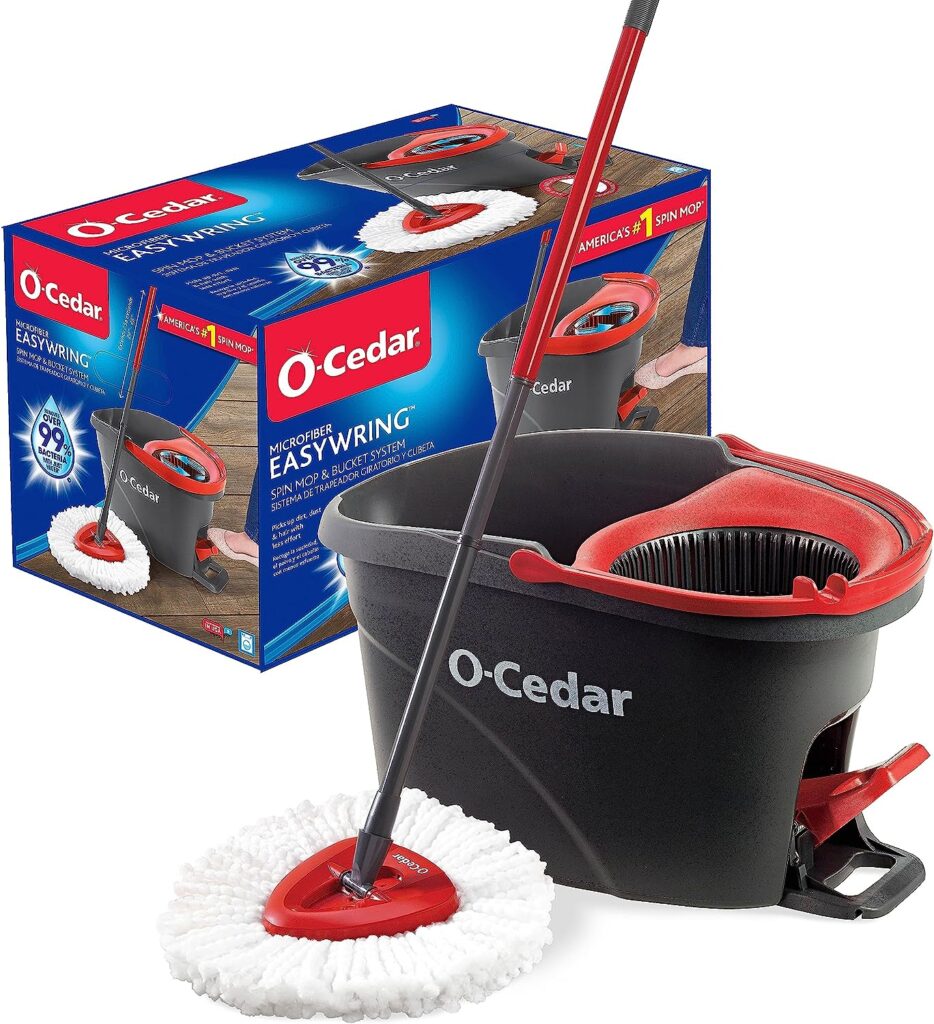
To effectively get rid of dust and maintain a healthy living environment, it’s crucial to understand the multifaceted issues it poses. Dust accumulation isn’t just unsightly; it poses multifaceted problems for your living environment. Those tiny particles of skin, dirt, pollen, and dander not only coat surfaces, making them look dingy, but they also infiltrate your respiratory system, potentially triggering allergies and respiratory issues. To combat this pervasive problem, consistent cleaning is essential. The most effective strategy is to work from the top down, ensuring that you don’t inadvertently spread dust onto areas you’ve just cleaned.
However, merely wiping down countertops, bookshelves, and electronics, which are notorious dust magnets, isn’t sufficient. To truly rid your home of dust, you must adopt a comprehensive approach. This includes decluttering to minimize dust-catching surfaces, frequent laundering of linens and curtains to prevent dust accumulation, and regular vacuuming of floors, carpets, furniture, and even your mattress.
To provide insights into the most efficient methods for dust removal, we’ve gathered sixteen expert tips. Their collective expertise underscores the importance of thorough cleaning practices and the selection of appropriate tools for the task. By implementing their recommendations, you can create a healthier and more comfortable living environment, free from the nuisance of dust and allergens.
Table of Contents
16 Best Tips to Get Rid of Dust
1. Amazon Basics Microfiber Cleaning Cloths
According to the professionals, a weekly dusting routine for bookshelves, counters, tabletops, and smooth surfaces is recommended. They advocate for the use of microfiber cloths, citing their microscopic weave that traps ten times more dirt per square inch compared to cotton. This superior dirt-holding capability ensures more effective dust removal and prevents redepositing of dust as you clean subsequent surfaces.
2. Calbeau Microfiber Feather Duster
For reaching high places like walls and ceilings, a long-handled microfiber duster or a mop with a microfiber cloth attached is recommended. These tools provide the necessary reach to effectively remove dust from elevated surfaces.
3. Swiffer 360 Dusters Short Handle Starter Kit
Cleaning blinds pose a challenge due to their limited surface area and the accumulation of dust over time. To tackle this, using a Swiffer duster to reach between each blind and remove dust is recommended.
4. Swiffer Sweeper Dry Mop Refills
Dust tends to accumulate in corners, baseboards, and blind spots under furniture. It’s best to start with these hard-to-reach areas before cleaning the center of the floor. While scented dusting products excel at attracting and picking up dust and allergens, it’s important to note that the synthetic fragrances they contain can be toxic. That is why experts recommend the Swiffer Sweeper dry mop
5. Shark ZU60 Navigator Upright Vacuum
Once you’ve cleared dust from the edges and corners, proceed to vacuuming, the preferred method recommended by experts over sweeping. Sweeping tends to kick as much dust back into the air as it collects in the dustpan. Instead, using a vacuum hose with a horsehair floor brush effectively removes dust without scratching hardwood floors.
6. O-Cedar EasyWring Microfiber Spin Mop
Following Swiffering and vacuuming, experts suggest mopping to eliminate lingering dust and prevent resettlement. For hardwood floors, a Swiffer wet pad suffices, while tile floors benefit from a traditional mop and pail with a cleaning agent.
7. GermGuardian Air Purifier with HEPA 13 Filter
Numerous allergists advocate for HEPA air purifiers to eliminate airborne particles for allergy sufferers. Germ Guardian Air Purifiers are recommended, ensuring the model fits the space.







